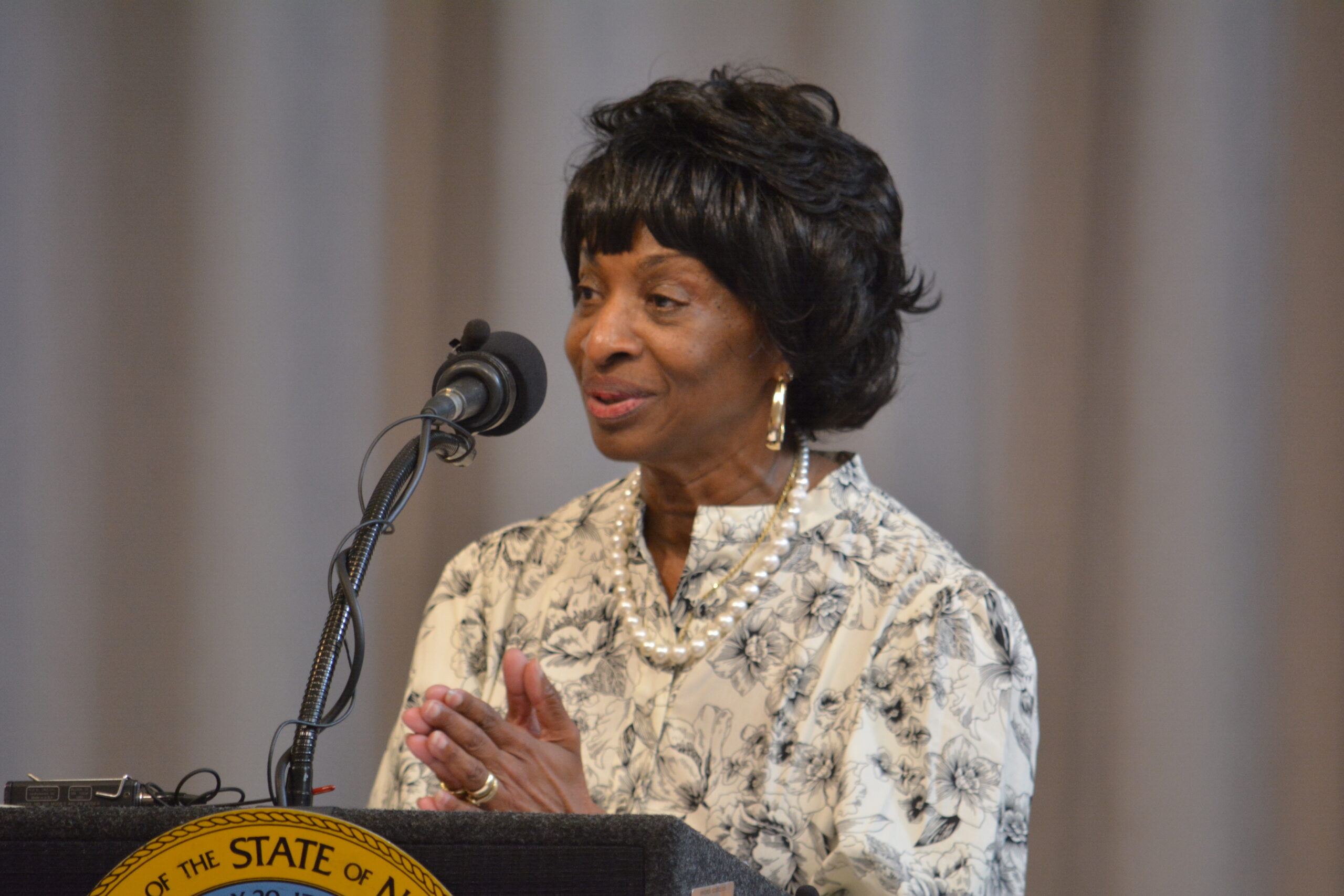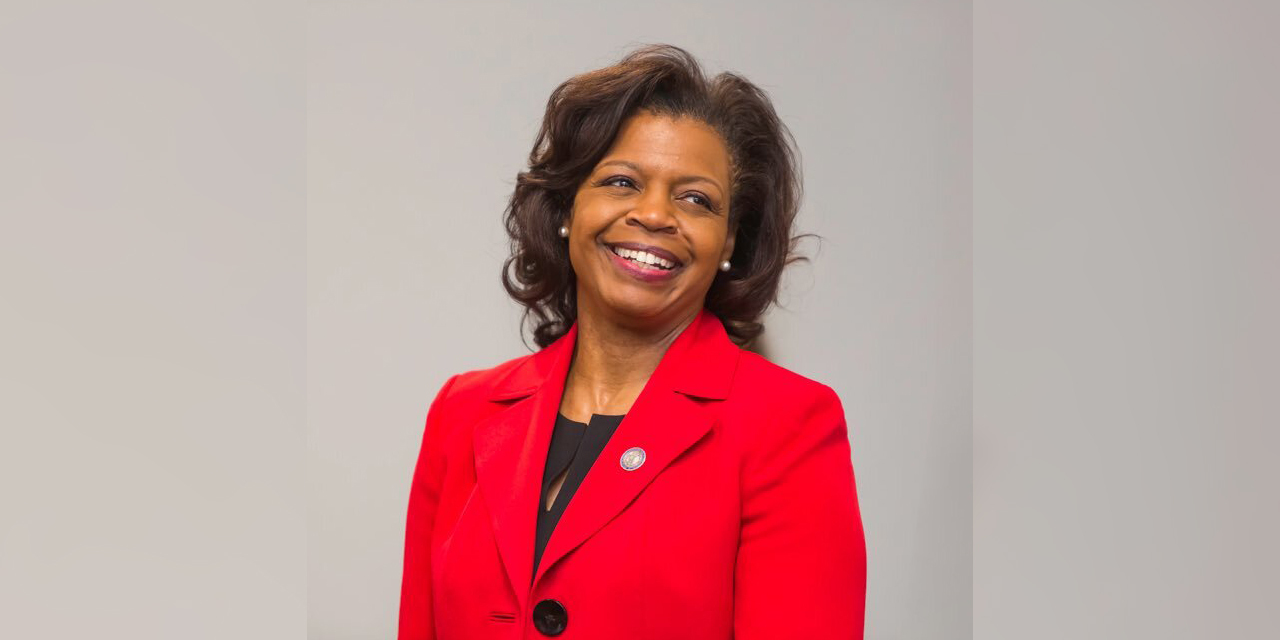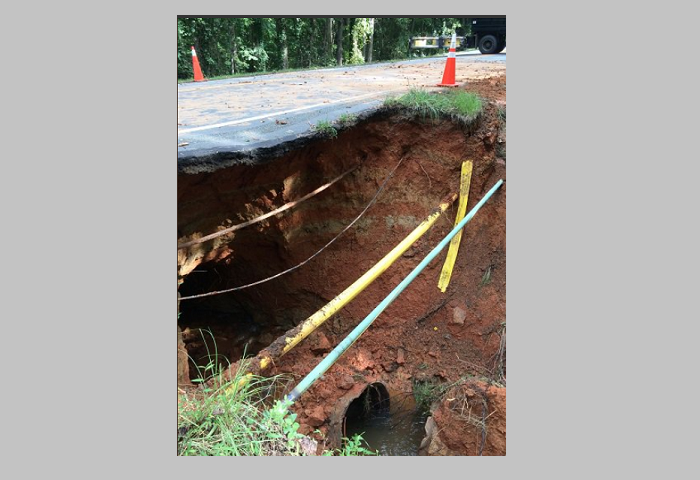Funding the Durham-Orange Light Rail project has been a contentious topic in recent months. But GoTriangle now says it may only need additional local funding as a safety net for the project – not as an integral piece of the funding.
GoTriangle staff presented the updated plan to the organization’s Board of Trustees on Wednesday. The new plan was also submitted to federal officials last Friday.
GoTriangle senior financial analyst Mindy Taylor told the board that the organization had worked with independent financial analysts to find ways to pay for the project without increasing the burden on local government bodies.
Project director Danny Rogers spoke further to that point after Wednesday’s meeting.
“Through working with our financial model and our financial advisor, we’ve been able to refine our financing plan to be able to fund the project with the existing identified funds,” Rogers said, “basically the half-cent sales tax.”
Rogers said, while he viewed Wednesday’s presentation as good news, it was not a guarantee GoTriangle ultimately would not need the additional funding from Orange and Durham counties. The local bodies agreed to submit letters in December saying they would work to find additional funding above the sales tax increase voters in each county previously approved.
Taylor said in the presentation that the GoTriangle staff had done about two years worth of work in four months in an attempt to find a way to fund the project without that additional local funding.
Rogers said that outcome was still dependent on the staff assumptions being realized.
“The assumptions of those plans have to come to fruition,” Rogers said. “And those would be sales tax revenue, so if we go into a recession, we’re going to go back to the counties and say, ‘Ok, we do need this.’”
Rogers said GoTriangle had worked with Moody’s Analytics to conduct an independent review of the organization’s projections. He added, “we feel pretty good about that” analysis and the staff’s assumptions.
Orange County Commissioner Barry Jacobs was attending his second meeting as a board member; he was appointed to replace Bernadette Pelissier representing Orange County after Pelissier chose not to seek reelection to the Board of County Commissioners this November. Jacobs said that he had received e-mails during the meeting calling this new plan a “bait and switch” and asked how the project could be funded without the additional local funding.
Rogers said part of that solution was delaying the construction timeline two years – putting the completion of construction in 2028.
“I don’t really enjoy that,” Rogers said. “I’d like to get it done faster. And maybe we can continue work toward that goal.
“We also better matched how we borrowed money: didn’t borrow it until we absolutely needed it and only borrowed as much we did.”
Rogers said that new strategy would reduce the amount of interest to pay and bring the total outstanding debt down.
GoTriangle staff said the new proposal included reserve funds to provide funding for operations, maintenance and repairs to the light rail line. The proposal also calls for in-kind right-of-way donations to assist the project, which staff said it felt comfortable with at this point.
The plan submitted to federal officials also includes the Chapel Hill Bus Rapid Transit proposal and the Hillsborough train station construction.
Rogers said GoTriangle was expecting a decision from federal officials regarding the proposal by late February.
“That is a very large hurdle, a significant milestone, let’s put it that way,” Rogers said. “That would be FTA saying, ‘Yes, we agree that your project is worthwhile. We want to help you move forward. We’re ultimately going to end up funding your project.’
“Now, there are other steps that you have to get to, but that’s a big step that they’re on board with us as well.”
Rogers said the initial feedback GoTriangle had received was positive.
The cost projections for the updated 17.7-mile light rail line, which now includes a stop at North Carolina Central University, is $2.476 billion.
The board said it was still hopeful the state will lift the 10 percent cap on state funding of light rail projects. The DOLRT will have to re-compete for any state funding in the coming years.
Staff said that GoTriangle was still working to find private donations to supplement the cost of the project.
GoTriangle will be presenting the updated plans to local governing bodies at upcoming meetings.




